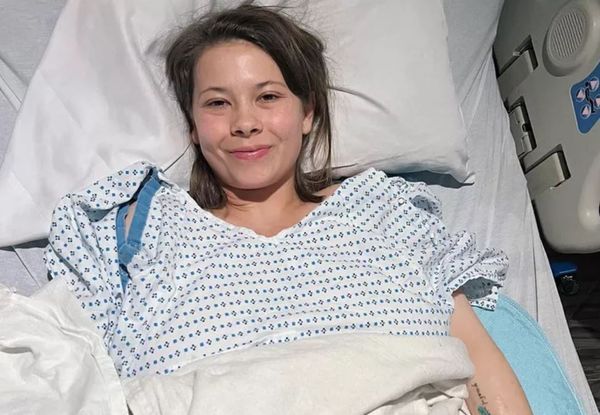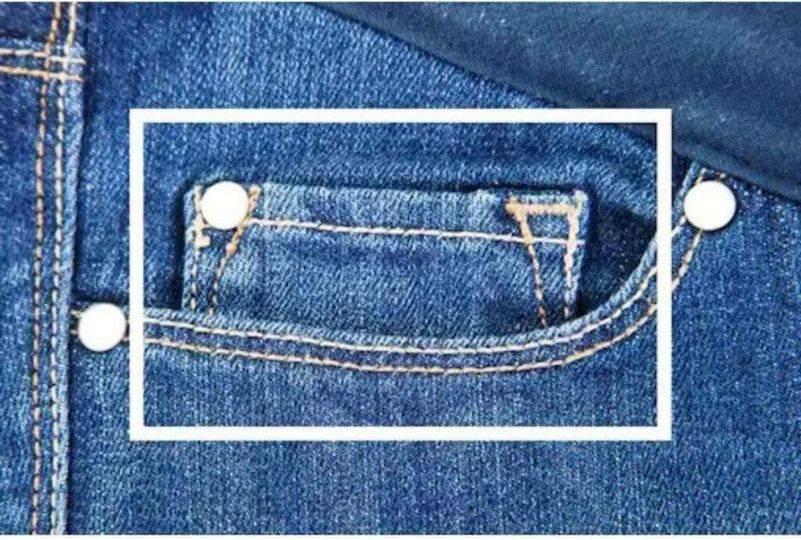Understanding Endometriosis: A Guide for Women Over 45
Endometriosis is a condition that affects millions of women worldwide, even famous figures like Bindi Irwin, Olivia Culpo, and Chrissy Teigen. In this article, we will explore what endometriosis is, its signs and symptoms, and how it can be treated. So, let’s dive in!

What is Endometriosis?
Endometriosis is a condition where the tissue that normally lines the inside of the uterus grows outside of it. This can cause various symptoms such as cramping, persistent pain, fatigue, and nausea. It is estimated that around 10% of all women are affected by endometriosis, but many are unaware of it.
Signs and Symptoms
The signs and symptoms of endometriosis can vary from woman to woman. Some common indications include:
- Severe cramps during menstruation
- Chronic pelvic pain
- Fatigue and exhaustion
- Nausea and stomach discomfort
- Painful intercourse
- Heavy or irregular bleeding
It is essential to note that the level of pain experienced does not always reflect the severity of the condition. Some women may have extensive endometriosis without experiencing significant discomfort, while others may have milder cases but suffer from intense pain.
The Challenge of Diagnosis
One reason why endometriosis often goes undiagnosed is because the condition is not always visible to doctors. Routine ultrasounds cannot detect it, and physical examinations may not reveal any abnormalities. In certain cases, a surgical procedure called diagnostic laparoscopy is necessary to visualize and confirm the presence of endometriosis.
Endometriosis Can Affect Women Over 45
While endometriosis is more commonly associated with women in their 30s and 40s, it can still affect women over 45. For a long time, this condition often went undiagnosed in older women. However, awareness and recognition of endometriosis in older women have increased, leading to earlier diagnosis and treatment.

Treatment Options
Endometriosis can be managed through various treatment options, including medication and surgery. Some common methods are:
- Pain medication to alleviate symptoms
- Hormonal therapy to regulate the menstrual cycle and reduce tissue growth
- Surgical procedures to remove endometrial implants or scar tissue
- Assisted reproductive technology for women trying to conceive
- Lifestyle changes, such as a healthy diet and exercise, to manage symptoms
Risk Factors
Certain factors may increase the chances of developing endometriosis, including:
- Never giving birth
- Starting menstruation at an early age
- Late onset of menopause
- Family history of endometriosis
- Hormonal imbalances
Seeking Help
If you are experiencing symptoms such as severe cramps, despite trying pain relievers or being on birth control pills, do not hesitate to consult a doctor. It is important to find a healthcare professional who will listen to your concerns and provide appropriate guidance and treatment options. Remember, endometriosis is not something you have to suffer through silently.
In conclusion, endometriosis is a common condition that can significantly impact the lives of women, even those over the age of 45. By understanding the signs, seeking prompt medical attention, and exploring the available treatment options, women can better manage and cope with endometriosis.





